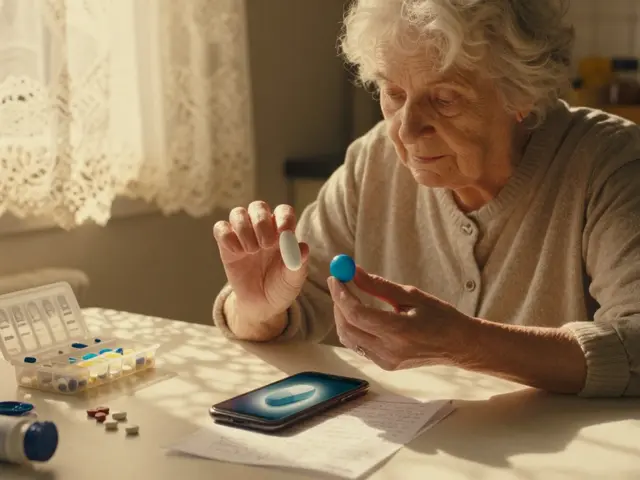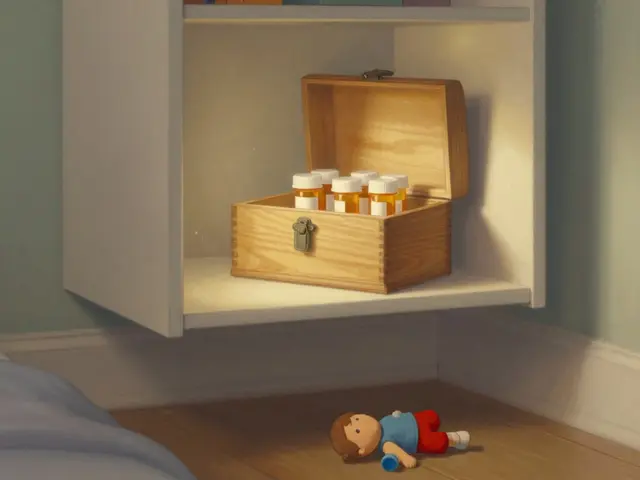Fungal infection treatment: what works and what to try first
Fungal infections are common and annoying, but most respond well to simple treatments. Whether you’re dealing with athlete’s foot, a vaginal yeast infection, ringworm, or nail fungus, the basics are the same: clean the area, use the right antifungal, and stick with the full course. Below are clear, actionable steps so you can start treating symptoms safely at home or know when to see a clinician.
Quick, effective home and OTC steps
Start with these if the infection is mild and limited to skin or folds:
- Keep the area clean and dry. Fungi love moisture—dry thoroughly after showers and between toes.
- Use an over-the-counter (OTC) topical antifungal. Look for clotrimazole, miconazole, or terbinafine creams or sprays. Apply to clean, dry skin once or twice a day for at least 2–4 weeks depending on the type (athlete’s foot often needs 2–4 weeks).
- Change socks daily and wear breathable shoes. Use antifungal powder or spray inside shoes if you sweat a lot.
- For yeast infections (vaginal), OTC single-dose or 3-day azole treatments (like miconazole) work well for uncomplicated cases. Read the label and use the full course even if symptoms ease.
When to consider prescription treatment and special cases
Nail fungus, widespread skin infections, or infections that don’t improve with topical therapy usually need prescription meds. Oral antifungals (terbinafine, fluconazole, itraconazole) are commonly used for nail or severe skin infections. Nail treatments take the longest—oral terbinafine is often given for 6 weeks for fingernails and about 12 weeks for toenails. Topical nail solutions exist but usually take many months and work best with mild cases.
See a doctor sooner if the infection is painful, spreading rapidly, your immune system is weakened, you have diabetes, or you notice pus or fever. Also check with a clinician before taking oral antifungals if you have liver disease, are pregnant, or take other medicines—those drugs can interact.
Prevention matters: dry skin well, rotate shoes, avoid walking barefoot in public pools/locker rooms, don’t share towels or nail tools, and treat athlete’s foot early to stop spread to nails. Home remedies like vinegar soaks or tea tree oil can help symptom relief for some people, but don’t rely on them alone for persistent infections.
If you’re unsure what you have, or if OTC steps haven’t helped after 2–4 weeks, get evaluated. A quick clinic visit can confirm the diagnosis and speed up the right treatment so you stop the itching and get back to normal fast.

Lamisil: The Complete Guide to Terbinafine for Fungal Infections
This article dives deep into Lamisil (terbinafine), explaining how it works, what conditions it treats, and tips for getting the best results. You’ll learn the science behind its effectiveness, possible side effects, success stories, and smart hacks for using Lamisil safely. Whether you’re dealing with athlete’s foot, nail fungus, or ringworm, you’ll find clear, practical info tailored for real life. Canadian facts and relatable tips make it especially useful if you want honest answers about this powerful antifungal medication.
Read More



